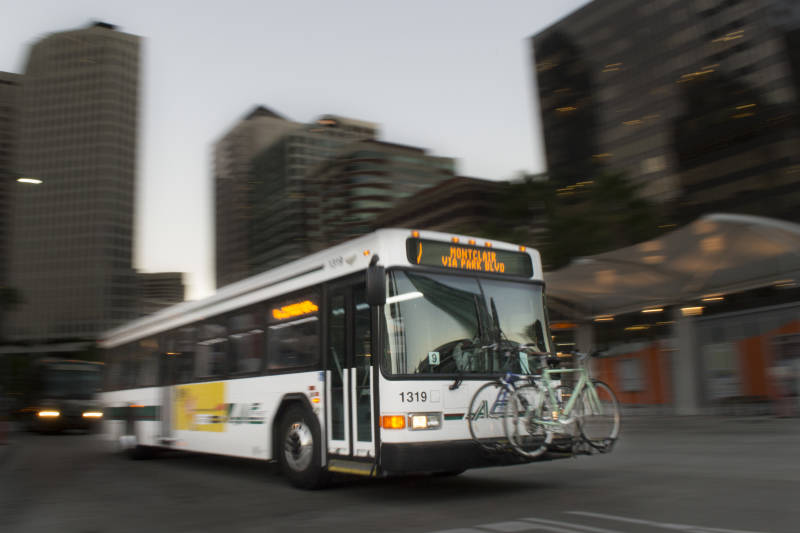Bicyclists in the East Bay may have an easier time using public transportation, thanks to extra-capacity bike racks that AC Transit is installing on its buses.
In 2010, as part of a pilot program, AC Transit began installing racks that can hold three bikes instead of two. Most Bay Area public transit buses, including those operated by Muni and SamTrans, can hold only two bikes.
Out of a total fleet of 575 buses, 35 are currently equipped with the new racks. By the end of summer, AC Transit plans to increase the number to 131 as it rolls out new buses outfitted with the extra-capacity racks.
Robert Prinz, education director at local nonprofit Bike East Bay, said he regularly sees the two-bike racks filled to capacity, and thinks the new racks are a necessary step to making public transportation more accessible to bicyclists.
“Even that one more will make it a lot more feasible for people to be able to rely on that, instead of getting bumped to the next bus because the rack is full,” Prinz said.

